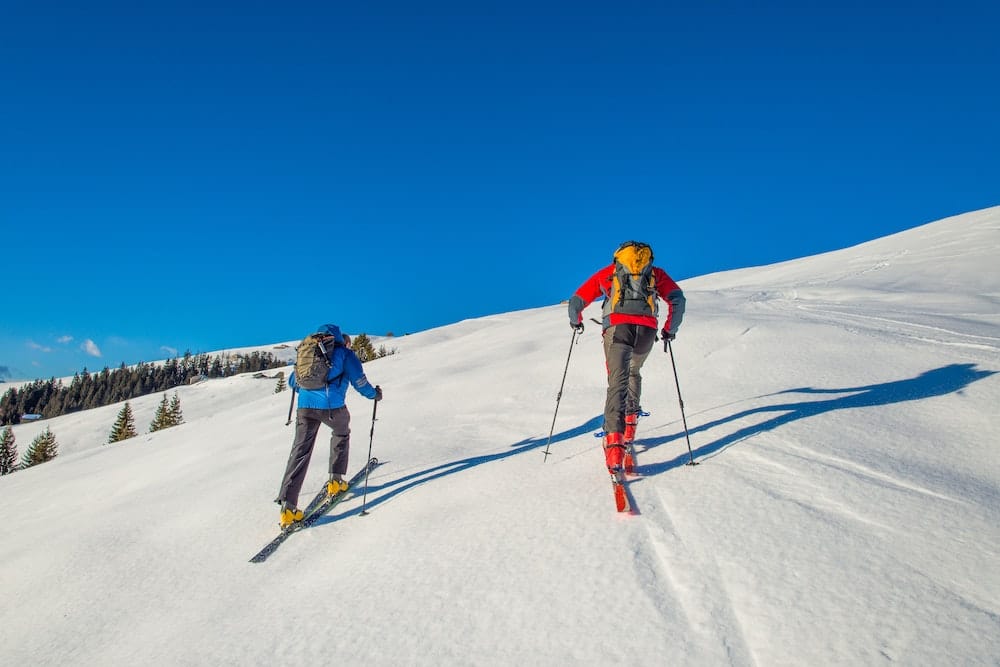What Are the Best Practices for Hiking with Your Dog in Bear Country?

Hiking with your four-legged companion can be an exhilarating experience, providing both of you with fresh air, engaging views, and a healthy dose of exercise. However, when you’re venturing into bear country, additional precautions must be taken. Not only do you need to protect yourself, but also your dog from potential bear encounters. This article details the best practices for hiking with your dog in areas populated by black and grizzly bears.
Understanding Bear Behavior
Before setting off on your journey, it’s essential that you have a clear understanding of bear behavior. Familiarizing yourself with the behaviors and habits of bears can significantly aid in avoiding unwelcome encounters. Indeed, it’s much easier to prevent a bear encounter than to deal with one.
A voir aussi : How to Develop a Behavioral Modification Plan for a Parrot with Screaming Issues?
Most bears, whether black or grizzly, are generally shy and prefer to avoid human interaction. However, they can be unpredictable and may react aggressively when they feel threatened or when their food is at stake. Bears have an extraordinary sense of smell and can detect food from miles away. This is why it’s crucial to manage your food and other odorous items appropriately when hiking in bear country.
Bears are typically more active during dawn and dusk, so planning your hike during the mid-day can decrease the likelihood of an encounter. Additionally, bears are more inclined to use trails and roads as travel corridors. As such, be extra vigilant when on trails, particularly in densely vegetated areas.
A lire également : How to Choose the Right Type of Collar for a Dog with a Sensitive Neck?
Preparing Your Dog for the Hike
Preparing your dog for the hike is just as important as preparing yourself. Keep your dog on a leash at all times. This is for both your dog’s safety and the well-being of the wildlife you may come across. A dog off its leash may chase or aggravate a bear, leading to a potentially dangerous situation.
Train your dog to stay calm and quiet on the trail. Excessive barking or erratic behavior can provoke nearby wildlife, including bears. While it may seem advantageous for your dog to alert you to a bear’s presence, this can also incite the bear, so it’s a delicate balance to maintain.
Remember, while your dog may be a great companion, they can also be a wild card when it comes to wildlife encounters. Never rely solely on your dog for protection from bears.
Food Management on the Trail
When hiking in bear country, how you handle your food and dispose of trash can greatly affect your likelihood of encountering a bear. Bears are exceptionally attracted to the smell of food, so it’s important to minimize odors.
When carrying food, use airtight containers or bear-resistant food canisters. Don’t leave food unattended and pick up all food scraps. If you have a dog, this also applies to their food. Keep your dog’s food in airtight containers and feed them at regular intervals. Avoid leaving dog food out in the open, even during feeding times.
Dispose of all trash, including dog waste, in bear-proof trash containers or carry it out with you. Never leave trash or food scraps behind, as this can attract bears to the trail for future hikers.
Using Bear Spray
Bear spray is an essential item when hiking in bear country. It’s a non-lethal deterrent that can stop a charging bear and give you time to escape. Ensure that your bear spray is easily accessible and that you’re familiar with how to use it.
While it’s best to avoid a bear encounter altogether, having bear spray on hand can provide a last line of defense if a bear approaches you on the trail. It’s also important to note that bear spray is for use on bears only, not other wildlife or your dog.
Creating a Safe Campsite
If you’re planning to camp during your hike, select a site that’s away from bear food sources like berry patches, dead animals, or streams full of fish. Keep your campsite clean and free from food odors. Store your food and scented items in bear-resistant containers and hang them at least 10 feet off the ground and 4 feet from a tree trunk.
Remember that the safety of you and your dog in bear country largely depends on your behavior and preparedness. By following these best practices, you can significantly reduce the risk of a bear encounter and ensure a safe and enjoyable hiking experience in bear country.
Recognizing Bear Signs
Understanding bear behavior can be instrumental to avoid encounters, but recognizing bear signs is equally important. Always look out for tracks, scratching on trees, and bear scat. Bear tracks are distinct, with five toes and claws visible in the prints. In contrast, scat may vary depending on the bear’s diet but often contains seeds, fur, or berries. If you encounter fresh bear signs, it might be best to turn around or take an alternate route.
Also, pay attention to your dog’s behavior. Dogs have a keen sense of smell and might detect a bear’s presence before you do. If your dog seems uneasy or anxious, they may be alerting you to a bear in the vicinity. However, it’s crucial not to entirely rely on your dog to detect bears because this might lead to unforeseen situations.
Remember, minimizing your chances of a bear encounter significantly enhances your safety when hiking with dogs in bear country. Be vigilant, respect wildlife, and keep your distance.
What to Do in Case of a Bear Encounter
Even with all your precautions, bear encounters might still occur. Knowing how to react is critical in these situations. If you notice a bear before it sees you, it’s best to calmly move away and leave the area. If the bear has seen you, remain calm, talk softly, and slowly back away. In most cases, bears will not attack unless provoked.
If a black bear approaches you, make yourself look bigger by raising your arms and try to scare it away by making loud noises. However, if a grizzly bear approaches, avoid eye contact, stand your ground, and slowly move away when the bear is not moving towards you. If a grizzly makes contact, playing dead is usually the best option.
In any situation, the use of bear spray may be effective if the bear is within range (usually less than 40 feet). Ensure that you know how to use your bear spray and that it is readily available. It could be the best line of defense in a bear encounter.
Conclusion: The Joys and Responsibilities of Hiking with Your Dog in Bear Country
Hiking with your dog in bear country is a rewarding experience that helps strengthen the bond between you and your furry friend. It provides a unique chance for both of you to enjoy the wilderness and explore nature. However, it also comes with the added responsibility of ensuring the safety of not only yourself but also your dog and the wildlife you encounter.
Understanding bear behavior, preparing your dog for the hike, managing your food correctly, using bear spray, and being aware of bear signs are all essential steps to ensure a safe hike. In the event of a bear encounter, knowing how to react can make all the difference.
Enjoy the great outdoors responsibly – keep your dog under control, respect the wildlife, and leave no trace behind. Remember, we’re guests in the bear’s home. Let’s make sure we’re good ones.
